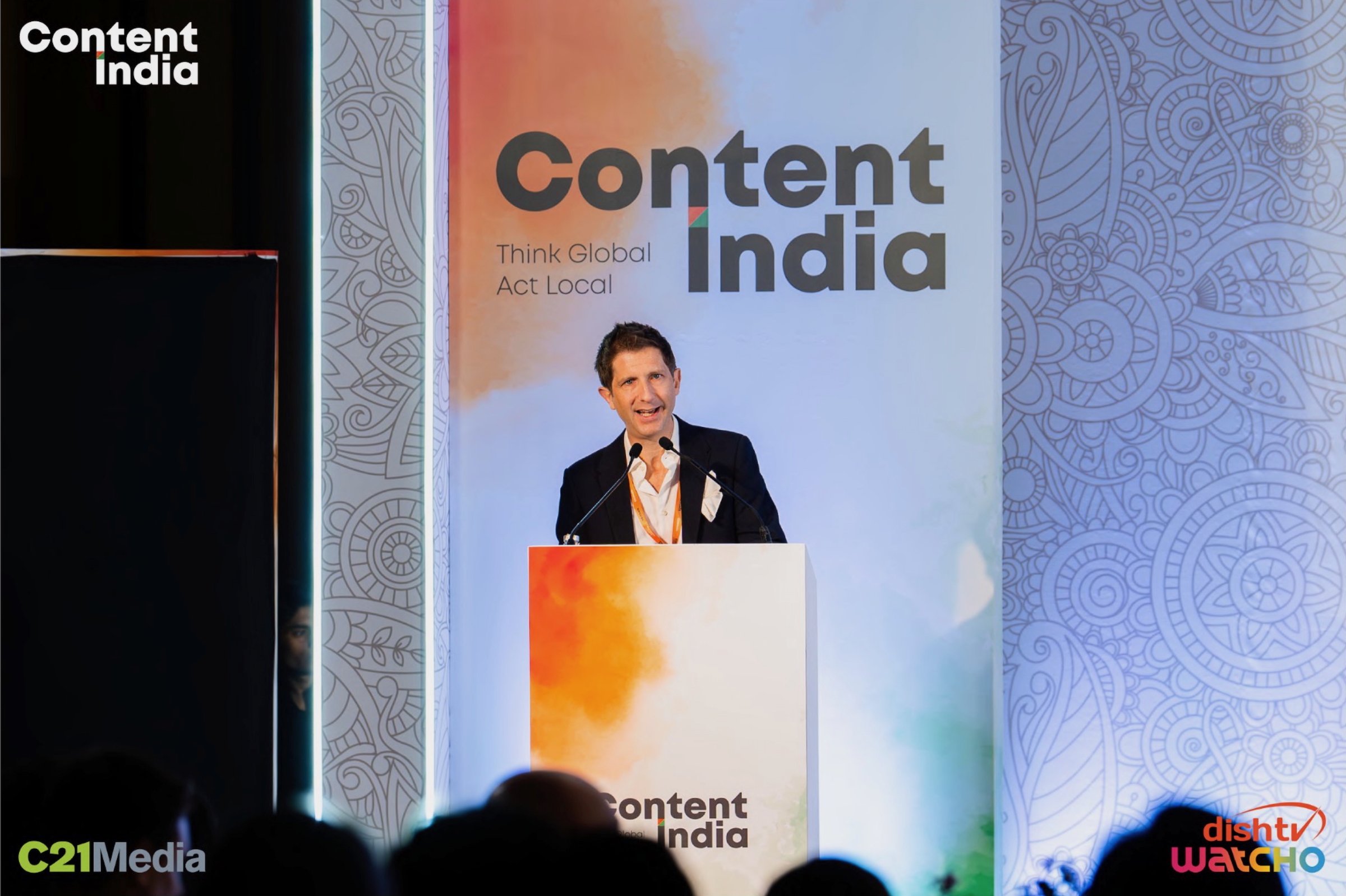The value of authenticity
The practice of being authentic is a topic widely talked about in culture circles, social media and of course, advertising. We see examples of it everywhere, but oftentimes we don't see the mechanics behind it or fully understand the value of authenticity.
"Brands are eager to reach the overwhelming 86% of consumers who value authenticity when choosing a brand, 90% of which are Millennials who command $200B in annual spending power."
People are not easily fooled, and the majority of consumers are looking for authenticity.
Authentic ads in action
Though Super Bowl ads tend to reach Boomers and Gen Xers more than Millennials, these carefully sculpted, hypertrophic pieces of creative do a great job of getting our attention across paid, owned and earned media. The "New Members Day" ad, featuring Serena Williams repping Michelob, was a refreshing attempt at an authentic brand partnership. In her interview with AdAge, Serena shared her thoughts on their partnership for this campaign:
"My biggest decision is, is it authentic? Is it something that I enjoy? Those are some of the things I look for... and if the brand itself really encompasses who I am."
Will people believe Michelob is a brand embraced by superstars who enjoy a simple beer? Only time will tell, yet no matter how authentic this partnership is, the tagline, "It's only worth it if you enjoy it" illustrates a finer point.
The value of a brand's authenticity is pegged to our desire to have what it offers us. When a brand stays true to its core attributes, we consider it authentic, therefore it has intrinsic value. When those attributes are resounding, consumer desire controls its extrinsic value. If that value increases or decreases, its intrinsic value remains unchanged.
Creators understand this better than anyone because most assign a deep value in being authentic. They realize their worth is inextricably linked to their truth, which is essential when building trust with their audience. Legendary record producer Rick Rubin best describes this practice in an unflinching way:
"Understanding how you feel in the face of other voices, without second-guessing yourself, is the single most important skill set to practice as an artist... If I'm undermining my taste for some commercial reason, it defeats the purpose... Know how you feel and own those feelings, this is how you see it whether the world likes it or not."
So, how can brands harness authenticity in advertising?
Creating something truly authentic can be a pass/fail endeavor. Our recent brand campaign for Beat the Bomb, a location-based attraction, is a fine example.We made a point to understand our audience and customized the activation to align with their demographic.
Gen Zers prefer brands that are authentic. According to Marketing Dive, 82% say they trust a company more if it uses images of real customers in its advertising.
For this activation, we reached younger audiences through platforms with a large Millennial and Gen Z presence, including Instagram and TikTok. We adjusted demographic targeting to reach and test users aged 18-20 and 21-34.
Creative was customized for these age groups. Where appropriate, some showcased age-specific guests. As a result, we saw a 36% greater return from Gen Z and Millennials on TikTok vs. 35+ audiences on Meta.
Whether we are authentic creators redefining a brand's authenticity through celebrity partnerships, or leveraging the moment to anoint a brand's inherent value, what remains essential is consumer perception of that thing and the value they attribute to it.
The art of marketing authentically lies in the expression of a truth without ambiguity in the hopes the world will embrace it. Want to know more about how we achieve authenticity for our clients? Get in touch.



